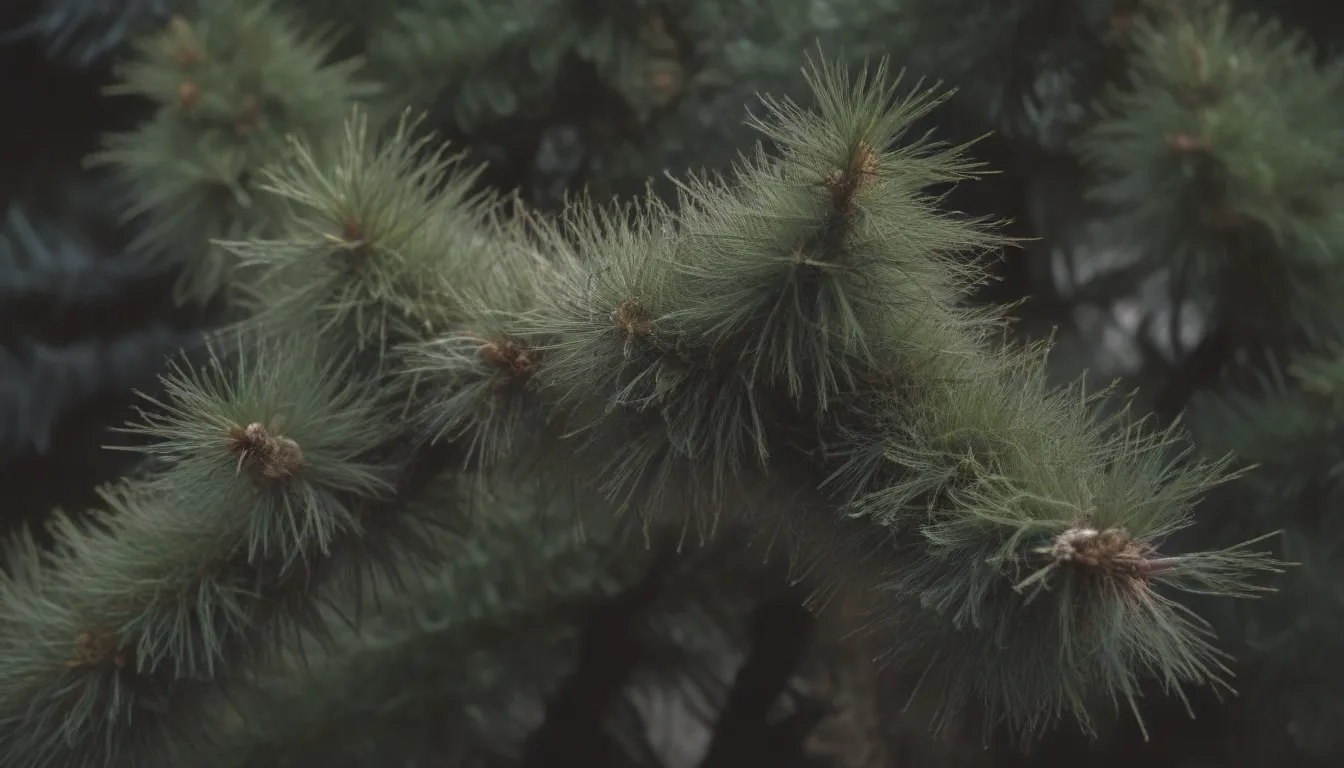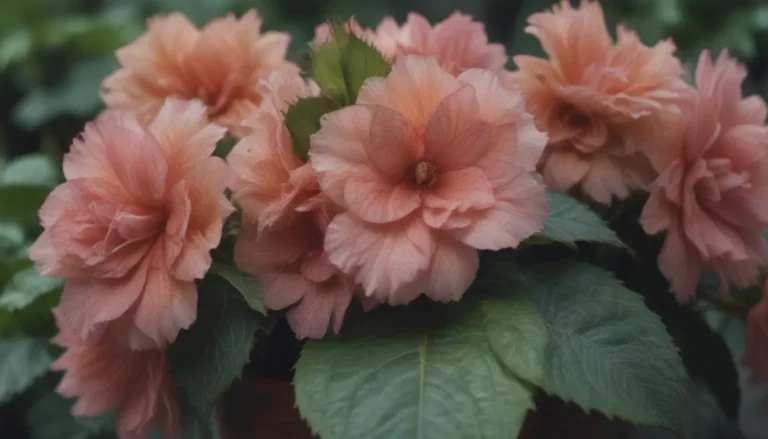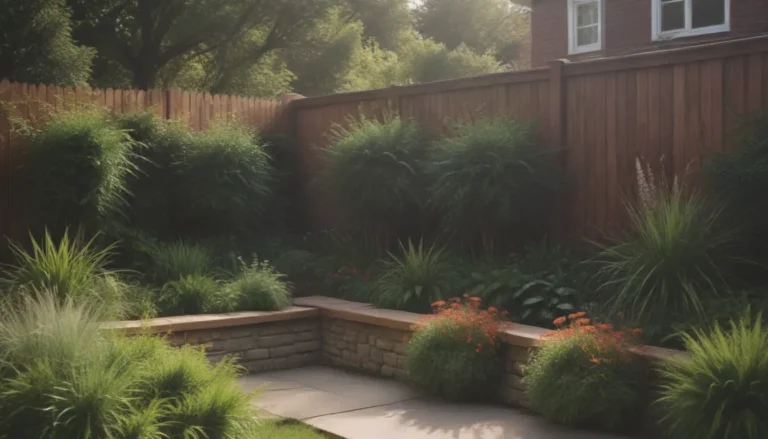Growing and Caring for Japanese Black Pine: Everything You Need to Know

Are you looking to add a touch of elegance to your garden with the unique Japanese black pine? This irregular needled evergreen tree is a stunning addition to any landscape, with its flat-topped shape and drooping branches. In this comprehensive guide, we will explore everything you need to know to successfully grow and care for Japanese black pine.
Japanese Black Pine Overview
Japanese black pine (Pinus thunbergii) is a versatile tree that thrives in sandy loam and sunny locations. It is well-suited for salty environments, making it a perfect choice for coastal areas. Additionally, this tree is a favorite for bonsai enthusiasts due to its distinctive appearance.
Main Care Requirements
Here are the key care requirements for growing a healthy Japanese black pine:
Light:
- Japanese black pine requires at least six hours of direct sunlight daily.
- Some light afternoon shade is acceptable.
Soil:
- The soil should be moist but well-drained, with sandy loam being ideal.
- Japanese black pine prefers acidic soil but can also tolerate slightly alkaline conditions.
Water:
- Water newly planted trees with 1 inch of water per week for the first year.
- Established trees are tolerant of short droughts and may not need additional irrigation beyond rainfall.
Temperature and Humidity:
- Japanese black pine thrives in USDA zones 5 to 8.
- Protect the tree from winter burn in temperatures below minus 10 degrees Fahrenheit.
- Avoid pruning during humid conditions to prevent fungal diseases.
Fertilizer:
- While Japanese black pine typically does not require regular feeding, poor soil may benefit from a complete fertilizer application in the spring.
- Bonsai specimens may require more frequent feeding.
Types of Japanese Black Pine
There are several cultivars of Japanese black pine that offer unique characteristics and sizes. Some popular varieties include:
- ‘Majestic Beauty’
- ‘Oculus Draconis’
- ‘Shirone Jamone’
- ‘Thunderhead’
- ‘Pygmaea’
Pruning Techniques
While pruning is not essential for the health of Japanese black pine, it can help maintain the tree’s shape and density. Pruning can also be used to create unique forms, especially in bonsai practice. Major pruning is best done in the spring, with regular maintenance throughout the year.
Propagating Japanese Black Pine
Propagation of Japanese black pine is commonly done through seeds, as vegetative methods can be challenging. Here’s how you can grow Japanese black pine from seed:
- Harvest seeds from mature cones.
- Germinate the seeds in a suitable growing medium.
- Provide adequate sunlight and water for seedling growth.
Container Culture and Repotting
For bonsai enthusiasts, container culture and repotting are essential for the health of Japanese black pine. Regularly repotting bonsai trees helps maintain root health and vigor. Remember to protect the tree from intense sunlight and prevent root burn during hot summer days.
Overwintering Tips
Protecting Japanese black pine from winter burn is vital, especially in colder climates. Mulching the soil, planting in sheltered locations, and watering adequately can help prevent winter damage. Consider using protective covers for young trees exposed to harsh winter conditions.
Common Pests and Diseases
Japanese black pine is susceptible to various pests and diseases, including the pinewood nematode and Diplodia leaf blight. Implement good hygiene practices, such as removing affected branches and using fungicides when necessary, to prevent fungal diseases. Early diagnosis and treatment are crucial to protect the tree from serious infections.
Common Problems with Japanese Black Pine
Despite its beauty, Japanese black pine may encounter some challenges, such as:
- Low-hanging branches: Easily resolved through pruning.
- Excessive shedding: Regular maintenance can help manage shedding.
- Brown needles: Protect the tree from cold winter winds to prevent needle damage.
Japanese black pine is a resilient and picturesque tree that adds charm to any landscape. With proper care and maintenance, you can enjoy the beauty of this unique evergreen for years to come.
Sources:
– The Art of Bonsai, Virginia Tech Extension
– Winter Burn, Wisconsin Horticulture Division of Extension
– Pinus Thunbergiana: Japanese Black Pine, University of Florida Extension
– Pinus thunbergii; Japanese Black Pine, University of Arkansas Division of Agriculture
– Japanese Black Pine, USDA.





